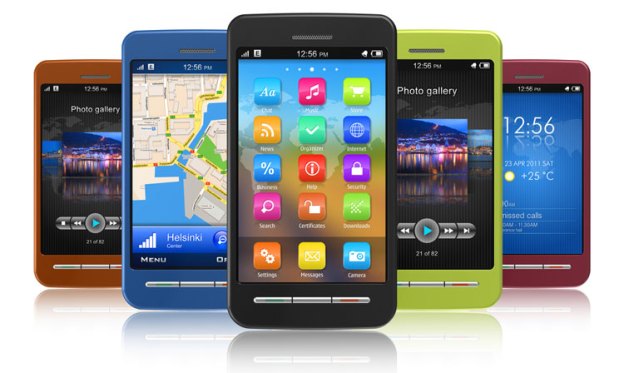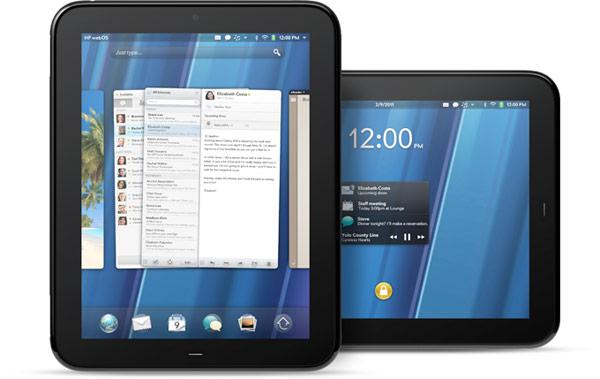 This week I’m at a convention of analysts from the major firms who cover mobile devices. Most of the major names are here and, as you might imagine, much of the discussion is on the acquisition of Motorola Mobile by Google. While I don’t want to imply that all of us are in agreement — we seldom are — a theme has emerged in terms of consensus Android as an open OS is pretty much done. Google is now on the path to becoming much like Apple, with Android as an integrated solution. This could actually improve the quality of future Android phones, but it is also creating a substantial demand for something to take its place.
This week I’m at a convention of analysts from the major firms who cover mobile devices. Most of the major names are here and, as you might imagine, much of the discussion is on the acquisition of Motorola Mobile by Google. While I don’t want to imply that all of us are in agreement — we seldom are — a theme has emerged in terms of consensus Android as an open OS is pretty much done. Google is now on the path to becoming much like Apple, with Android as an integrated solution. This could actually improve the quality of future Android phones, but it is also creating a substantial demand for something to take its place.
Android is dead, the Android Phone is born
The first part of this growing consensus is that by buying Motorola, Google made it nearly impossible to sustain relationships with the other licensees. This group of mostly mobile phone companies largely either didn’t adopt or abandoned Symbian after Nokia bought it, and avoids with a passion supporting any common platform that is tied to a competitor. It simply puts them at too great a disadvantage. Nokia actually went farther than Google is going to create separation between Symbian and its handset business, and it clearly wasn’t far enough.
Handset makers and carriers (firms that supply the cell phone service) are now in an almost panic as they look for a multi-vendor common solution that can take the place of Android.
Windows Phone 7
This provides a significant advantage for Windows Phone 7, but many of the phone makers have been burned by this platform in the past, and the carriers seem to have written it off. What is interesting is that the carriers and the phone makers are at cross purposes here. The carriers want the Droid model where they can specify products (phones, apps, services) that are unique to them and lock customers into them. In short, the carriers didn’t like the Android model that much anyway, and see the Windows Phone platform as too similar. After all, both create loyalty to the platform and provide portability for customers, something carriers really don’t like about the iPhone.

The phone makers didn’t like the fact that Google didn’t listen to them, and both the carriers and phone makers are convinced that Microsoft won’t listen to them either. Case in point: The phone makers wanted a tablet OS from Microsoft based on the Windows Phone platform, and Microsoft told them “no.” That doesn’t work for them. So, at least for now, the Windows Phone OS isn’t getting much lift from this.
WebOS
Another platform that could have moved on this opportunity is HP’s webOS, but it has the same problem Android and Symbian had; it is tied back to a company that builds smartphones and tablets. While none of the cell phone makers take HP seriously here, they don’t want to fund a competitor. In addition, apparently the webOS licensing costs exceed substantially what they might be willing to pay. So, for different reasons, webOS isn’t getting any air from this either at the moment. In fact, it’s getting even less consideration than Microsoft’s platform is.

Wrapping up: The Mystery OS
I’m seeing rumblings of another platform entering the market to address the opportunity the Google move has created. Apparently a number of my peers are in the know on this, but wisely aren’t talking, because I’m getting covert grins and knowing winks. My expectation is that this new OS will appear sometime in the next 18 months and that, until then, most of the Android makers will likely have to stay the course. The difficulty for this new OS is to reconcile the carrier needs for a platform that belongs to them with the needs of the phone makers to recreate what they had with Android.
So the expected outcome is that Googorola (Google + Motorola) will see quality improvements more in line with the Mac platform, but Android will likely evaporate from all of the other makers. In effect, fewer but better (in terms of reliability) phones should result. This platform and Apple could eventually divide the market.
Wild cards are HP and Microsoft, who will have to rethink their strategies to compete and the emergence of a new platform to fill the gap where Android used to be. But new platforms typically take at least two years to mature, suggesting most won’t care that much about it until 2013 at the earliest. A lot can happen over the next 2.5 years, so all this means is that, given most of you buy phones every two or so years, this won’t impact your buying decisions this year. After that, you may have a new choice, a Mystery OS.
One final thought: Google currently appears to be trying to have this both ways, which could significantly slow its ability to bring out a better, iPhone-like, integrated product. That should help the emergence of this as yet unannounced new OS significantly. Oh boy, yet another OS. I’ll bet you can hardly wait.
Guest contributor Rob Enderle is the founder and principal analyst for the Enderle Group, and one of the most frequently quoted tech pundits in the world. Opinion pieces denote the opinions of the author, and do not necessarily represent the views of Digital Trends.
Top image courtesy of Oleksiy Mark/Shutterstock.


